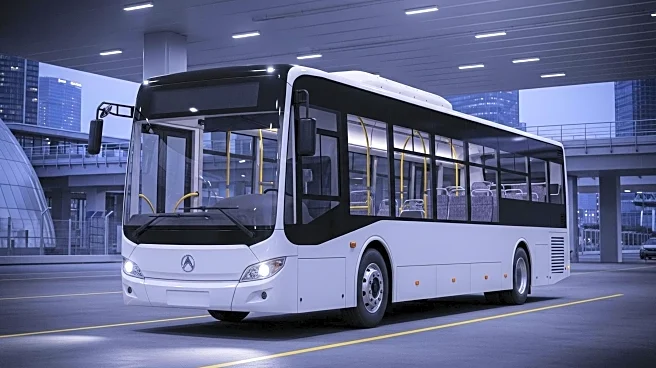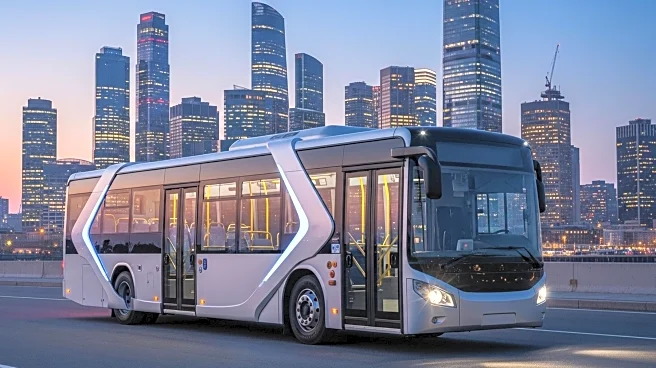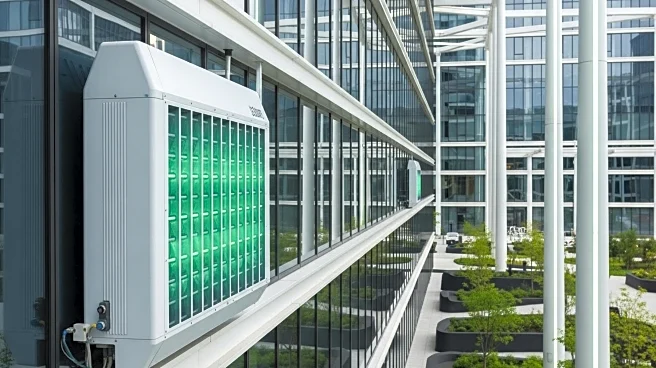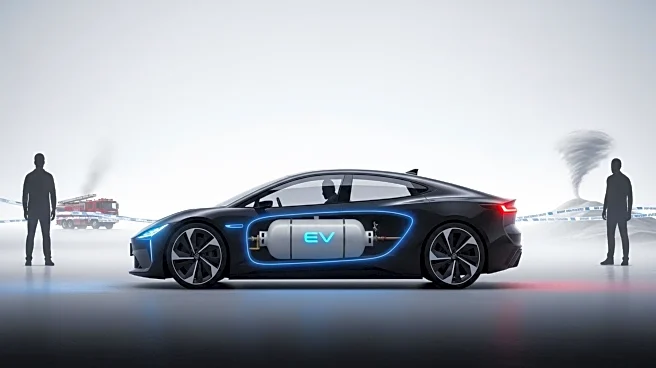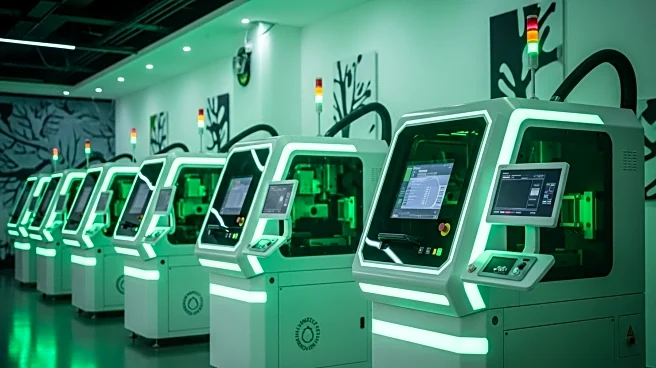What's Happening?
The Regional Transportation District (RTD) has announced a significant shift in its transportation strategy by planning to borrow $539 million to invest in diesel buses. This decision marks a departure from previous considerations to invest in electric buses, which are often seen as a more environmentally friendly option. The move comes as RTD seeks to address immediate transportation needs and financial constraints, opting for diesel buses that are perceived to be more cost-effective in the short term. This decision has sparked discussions about the environmental impact and long-term sustainability of diesel versus electric buses.
Why It's Important?
The decision by RTD to invest in diesel buses instead of electric ones has significant implications for environmental policy and public transportation in the region. Diesel buses, while potentially cheaper upfront, contribute to air pollution and greenhouse gas emissions, which are critical concerns in the fight against climate change. This move may affect public perception of RTD's commitment to sustainability and could influence future funding and policy decisions. Stakeholders such as environmental groups and local governments may express concerns over the environmental impact, while budget-conscious entities might support the cost-saving aspect of diesel buses.
What's Next?
RTD's decision to invest in diesel buses is likely to prompt reactions from various stakeholders, including environmental advocates and policymakers. There may be calls for RTD to reconsider its strategy and explore alternative funding options to support electric bus investments. Additionally, this decision could lead to discussions about the long-term costs associated with diesel buses, including maintenance and fuel expenses, as well as potential regulatory changes aimed at reducing emissions. RTD may need to address these concerns and provide further justification for its decision in upcoming public meetings or reports.
Beyond the Headlines
The choice to invest in diesel buses over electric ones raises broader questions about the balance between immediate financial constraints and long-term environmental goals. This decision could reflect a larger trend in public transportation agencies grappling with budget limitations while trying to meet sustainability targets. It also highlights the challenges of transitioning to greener technologies in the face of economic pressures, potentially influencing similar decisions in other regions.

